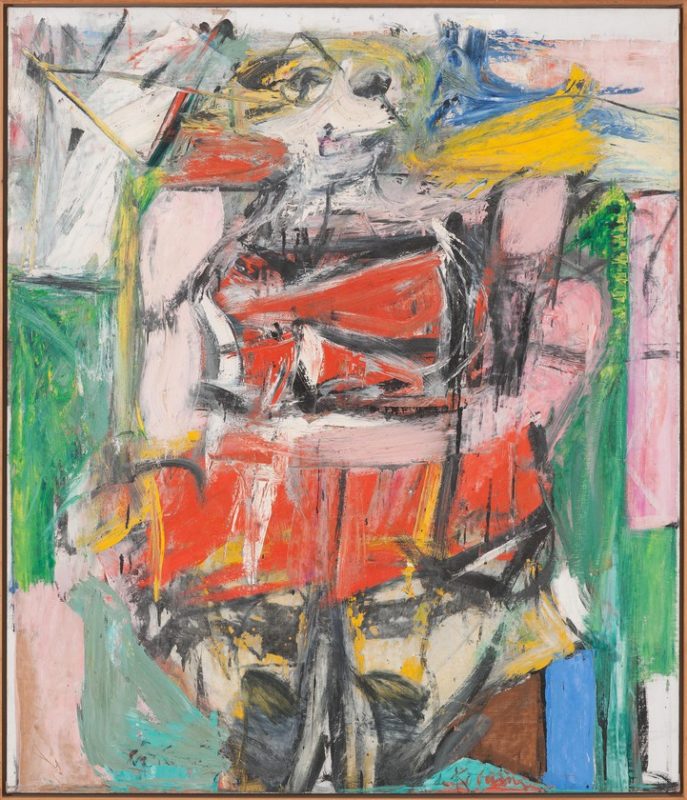Discussion Questions
Explain to students that in order to have an informed opinion, one must have rich knowledge about the subject of the critique—and in this case, rich knowledge about the artworks. Ask students the following questions:
– How do we create an “informed opinion” on art, music, fashion, or literature?
– What sources should we consult?
– Are facts and opinions equally important when creating an informed opinion?
Procedure
The four handouts included in this lesson will help students to comprehend and analyze the historical and cultural context in which the artworks were made, the artists’ methods and use of formal principals and conceptual ideas, as well as the critics who have already published opinions about the work. Explain to students that these handouts are examples of the kinds of research a critic would conduct before writing a critique.
1. Print and photocopy the four handouts.
2. Students should read each handout in order and answer the Comprehension and Analysis questions at the end of each handout.
3. Discuss the student responses to the questions after each reading.
4. Save the student responses to Comprehension and Analysis questions to aid them in writing the final critique in Lesson 5.
Wrap-up
Discuss with students how they might conduct their own research to inform future opinions on works of art:
- Where do you locate trusted sources?
- How do you distinguish an academic source from popular opinion?
- How do you cite various sources (MLA, APA, Chicago Manual Style etc.)?
